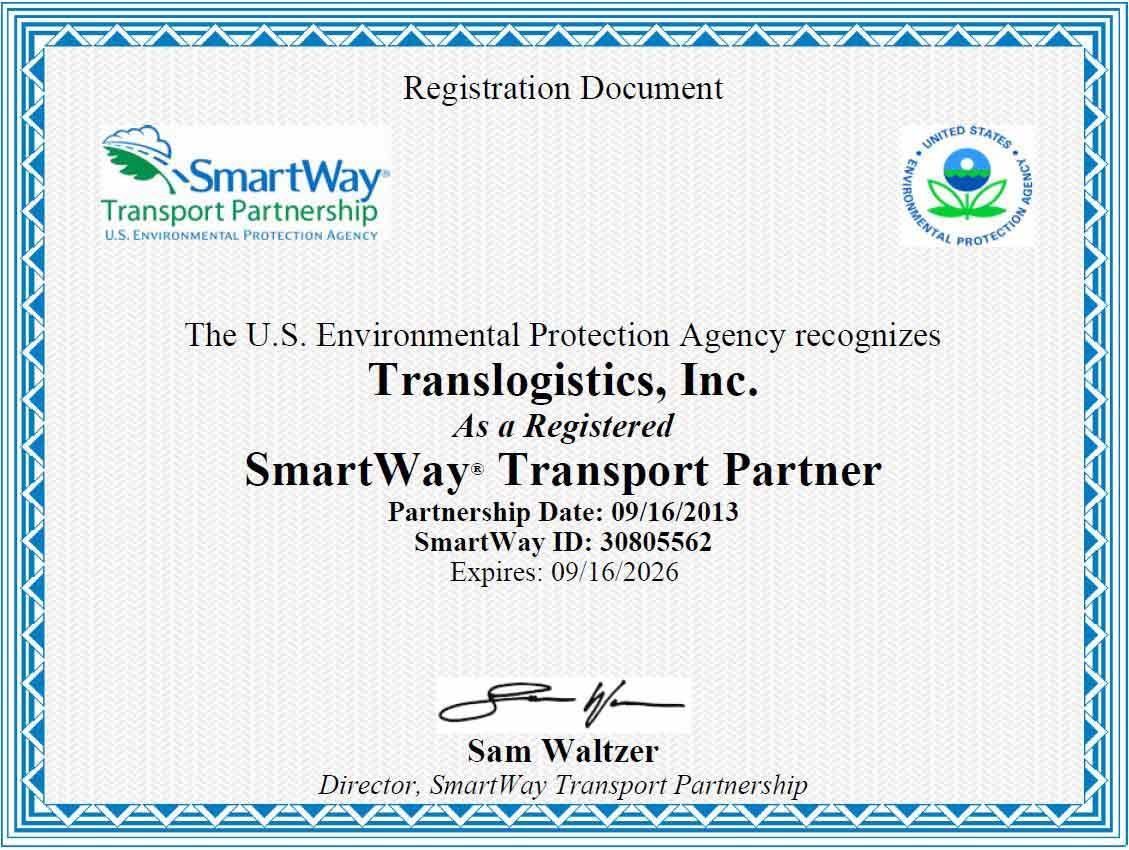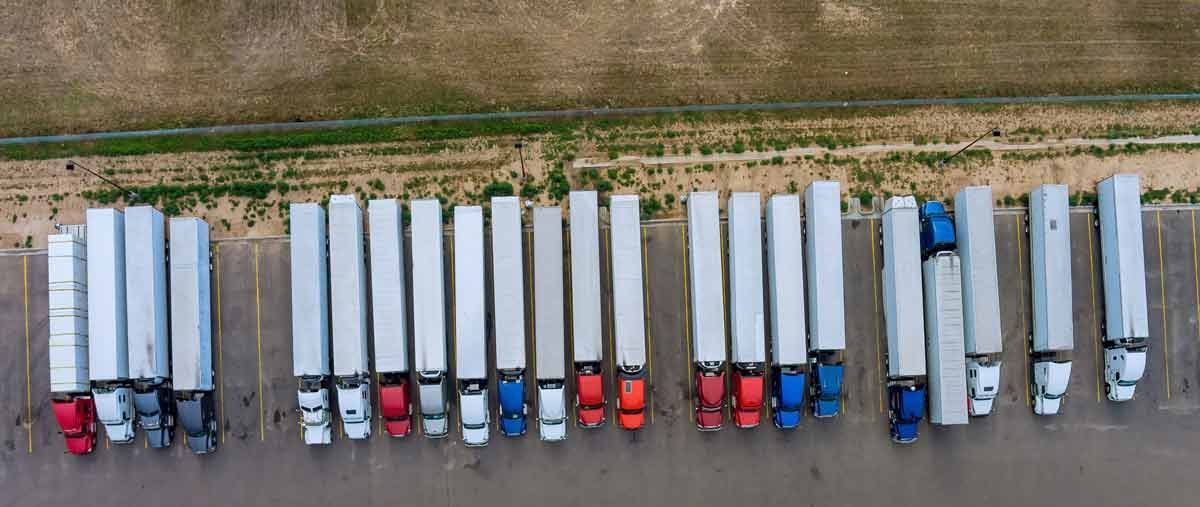Freight Delivery: Modes of Transportation and TMS Systems
Freight Delivery
Freight delivery is an essential component of global trade and supply chain management. It enables businesses to transport goods over long distances efficiently and reliably. Freight delivery services are typically provided by logistics companies, shipping carriers, or freight forwarders, who specialize in coordinating and managing the transportation process.
Freight delivery refers to the transportation of goods or cargo from one location to another using various modes of transportation, such as trucks, ships, trains, or airplanes. It involves the movement of large quantities of goods, typically in bulk or in containers, for commercial purposes.
The process of freight delivery involves several stages, including:
- Pickup: The goods are collected from the shipper's location or a designated facility.
- Packaging and documentation: The goods are properly packaged, labeled, and documentation such as shipping invoices, customs declarations, and bills of lading are prepared.
- Transportation: The goods are transported using the chosen mode of transportation, depending on factors like distance, urgency, and type of cargo. Trucks, trains, ships, or airplanes are utilized to move the freight to its destination.
- Handling and transfer: At various points during the journey, the freight may need to be transferred between different modes of transportation or undergo handling procedures such as loading/unloading, sorting, or transshipment.
- Delivery: The goods are delivered to the consignee's location or a designated receiving facility. Delivery can involve final-mile transportation by trucks or other suitable means.
Throughout the freight delivery process, tracking and monitoring systems integrated in a TMS system are often employed to provide real-time visibility and ensure the secure and timely movement of goods. Additionally, freight delivery may involve additional services like customs clearance, warehousing, and insurance to facilitate smooth transportation and delivery of goods.
Multiple Modes of Transportation
Freight delivery relies on a diverse range of transportation modes, each offering distinct advantages depending on the nature of the cargo, distance, time sensitivity, and cost considerations. Here are some common modes of transportation used in freight delivery:
- Road Transportation: Road transport is widely utilized for short to medium-distance deliveries. Dedicated trucks, vans, and trailers offer flexibility, accessibility to remote areas, and last-mile connectivity. They are suitable for smaller shipments and time-sensitive deliveries within local or regional networks.
- Rail Transportation: Rail transport is known for its efficiency in moving large volumes of freight over long distances. Railways provide a cost-effective option for bulk shipments, such as raw materials, heavy machinery, or commodities, with the advantage of reduced fuel consumption and lower carbon emissions compared to road transport.
- Air Transportation: Airfreight is the fastest mode of transportation, ideal for time-critical or high-value goods. It offers global connectivity and enables businesses to reach international markets rapidly. Although air transport tends to be more expensive, it ensures expedited delivery, especially for perishable or urgent shipments.
- Maritime Transportation: Maritime transport, primarily through container ships, handles the majority of global trade. It is cost-effective for large shipments and offers extensive capacity for goods that are not time-sensitive. This mode is crucial for international trade, enabling the transportation of goods across oceans and connecting ports worldwide.
Role of Transportation Management Systems (TMS):
To effectively manage the complexities of freight delivery, businesses can leverage Transportation Management Systems (TMS). A TMS is a software solution that automates and optimizes various aspects of transportation operations. Here's how a TMS system contributes to a smoother flow of goods:
- Efficient Planning and Optimization: TMS systems use advanced algorithms to audit freight invoices, and optimize freight movement by determining the most cost-effective routes, modes, and carriers. They consider factors such as distance, cargo volume, carrier performance, and customer requirements to generate efficient delivery plans. By minimizing empty miles and maximizing vehicle utilization, TMS reduces costs and enhances overall efficiency.
- Tracking and Visibility: One of the significant advantages of using a TMS system is the ability to track shipments. It provides visibility into the status and location of freight throughout the entire delivery process. This enables businesses to proactively address potential delays, improve customer service, and effectively manage exceptions, ultimately ensuring on-time deliveries.
- Documentation and Compliance: TMS systems streamline the documentation process, automating tasks such as generating bills of lading, customs forms, and invoices. They also facilitate compliance with regulations and industry standards, such as Electronic Data Interchange (EDI) requirements and hazardous materials handling. This reduces manual errors, speeds up administrative tasks, and ensures regulatory compliance.
- Performance Analytics and Reporting: TMS systems offer comprehensive reporting and analytics capabilities. By analyzing transportation data, businesses can identify trends, measure carrier performance, and evaluate key performance indicators (KPIs) like on-time delivery rates and transportation costs. This data-driven insight helps in making informed decisions, optimizing operations, and improving overall supply chain performance.
For a seamless and efficient freight delivery experience across multiple modes of transportation, Translogistics (TLI) ViewPoint TMS system is the ideal choice. With its advanced features and capabilities, ViewPoint TMS ensures optimized routing, real-time tracking, streamlined documentation, and comprehensive performance analytics. Trust Translogistics (TLI) ViewPoint TMS system to enhance your supply chain operations and achieve a smooth flow of goods across diverse transportation networks.
TLI Insights
Get the latest logistics insights and tips from TLI's award-winning team. Stay ahead in transportation planning.
Questions? Email us at marketing@shiptli.com



